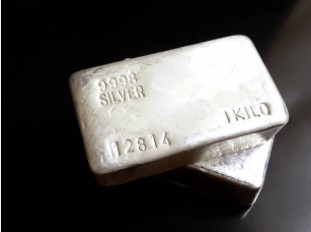The Resurgence of Silver
The comments below are an edited and abridged synopsis of an article by James Rickards
Silver was up 47.4% in 2020, rising from $17.80 an ounce in January to $26.35 in December. It outperformed every other major asset class, including US stocks, corporate bonds and Treasuries. Many other asset classes declined in 2020, including real estate, crude oil and the US dollar.
Investors can expect continued strong outperformance by silver, both in bullion form and in the form of shares in well-run silver mining companies.
Silver is used as a form of money in coins and bars. Its monetary price responds to the same factors as gold, including inflation, interest rates, flight to safety and the exchange value of the dollar.
Silver responds to the business cycle, since more or less silver may be needed for industrial processes as the economy is either in expansion or contraction.
Silver price vectors often diverge from gold price vectors because gold is a pure play on money, while silver is a dual play on money and the industrial economy.
Silver’s hybrid role can be frustrating for investors who see gold surging while silver lags. They allege price manipulation but the reason is more mundane, involving only supply and demand for industrial commodities.
Another myth about silver involves the infamous sixteen-to-one ratio of gold to silver prices. Silver advocates suggest that the gold price should not be more than 16 times the silver price. They base this on a misreading of history and law, which Rickards explains in depth.
The silver price is influenced by the gold price, however. While the two do not move in lockstep, and there is no necessary ratio between the two prices, the factors that drive gold higher (inflation, low interest rates, flight to quality) will also drive silver higher.
Silver is set to have another strong year in the face of geopolitics, interest rates, exchange rates and inflation.

